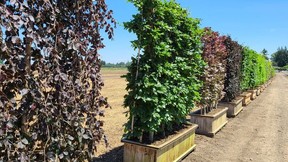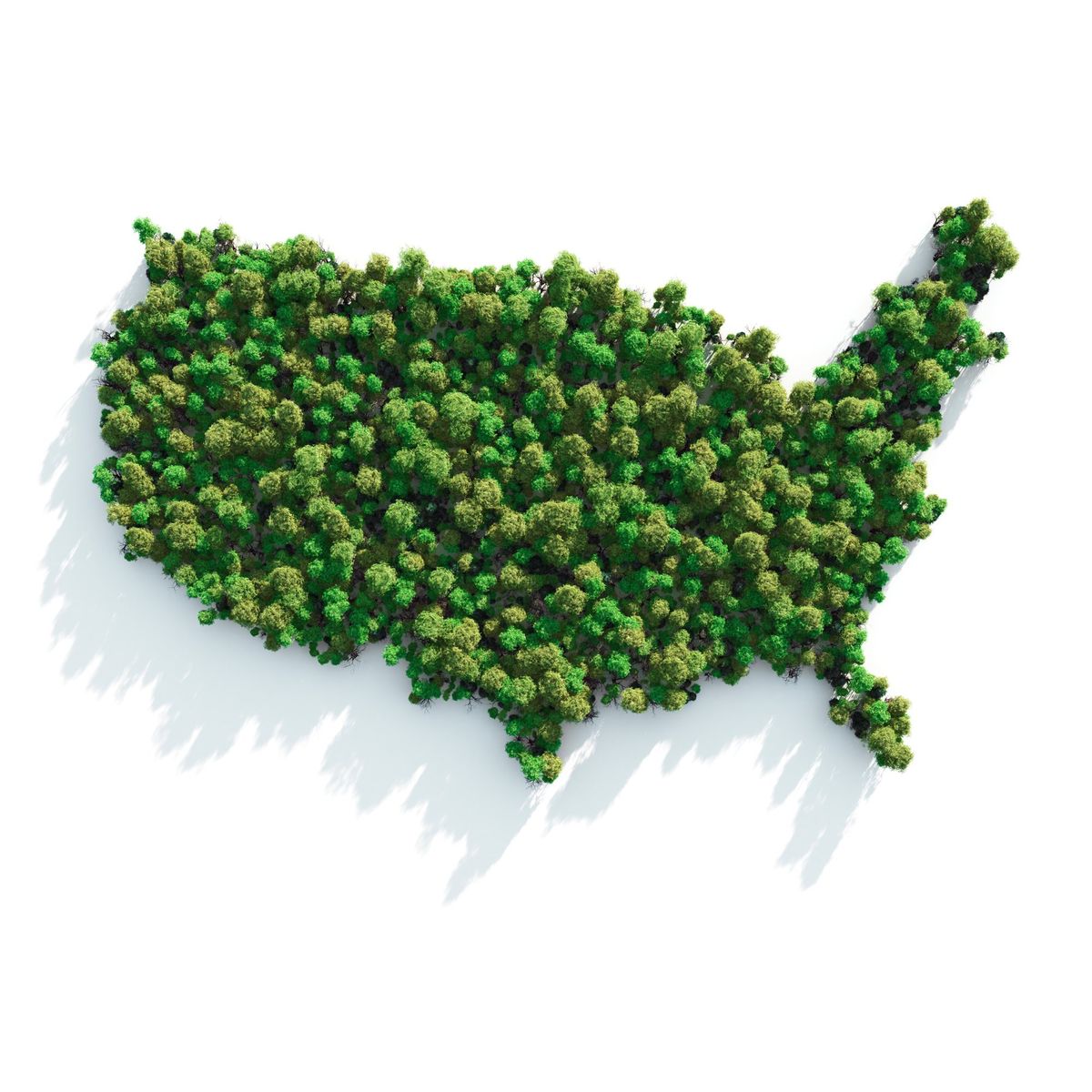Good fences make good neighbours, especially when they are made from plants

Reviews and recommendations are unbiased and products are independently selected. Postmedia may earn an affiliate commission from purchases made through links on this page.
Article content
As the pandemic continues to weave its way through our lives, our homes remain the centre of our universe. And as we move into spring, our outdoor living spaces will, once again, be the preferred places to spend time.
Article content
Garden Media, a trend-tracking company in the U.S., emphasized in their 2022 Garden Trends report that people now live in various zones around their homes. For example, there’s an “indoor zone,” a “front porch zone” and an “entertainment zone.” One of the most important zones today is the “outdoor living zone.”
For our outdoor comfort areas, privacy is a key issue. As a result, incorporating fencing made of metal or wood partitions, using latticework or adding a pergola have become huge trends. Growing green plants along these privacy barriers makes these spaces look far warmer and more relaxing.
When I attended IPM Essen, the world’s largest commercial horticultural trade show, I saw some novel ways of achieving privacy on a patio. A number of exhibitors were promoting and selling living “walls” of trees planted in rectangular containers and ready to use on patios for instant privacy. A series of the new columnar oaks, large-leaved red maples, sweet gums and hornbeams, when placed closely together, would immediately create a privacy screen stretching up 12 to 15 feet tall. These eye-popping barriers are not restricted to only deciduous plants, but could also include evergreens like yews, cypresses, cedars and boxwoods. The well-known green beech, Fagus sylvatica, which keeps its leaves all winter, was also featured at the trade show as a year-round privacy screen.
Article content

Another great idea was weaving together the branches of fairly fast-growing shade trees, like London plane trees and katsuras, to create a thick barrier that made for excellent screening in both winter and during the growing season.
These beautiful tree “walls” would create an oasis of privacy. The leafy ones would be equally effective as sound barriers, and in sunny locations, they would double as sunscreens during those very hot summer days.
A few years ago, while speaking in Toronto at an industry event, I spotted a similar concept using ivy. Hedera Thorndale is one of the hardiest ivies available, and when planted in a rectangular container and grown on trellising, it provides an attractive, year-round green screen. In winter, it takes on a purplish hue as its dormant season’s protective colouring.
Article content
All of these barriers require relatively low maintenance. An occasional application of slow-release fertilizer, appropriate watering (perhaps with a time-controlled watering system) and a little pruning from time to time to contain their size would keep all of these living walls looking great.
As we enjoy our outdoor living zones much more frequently during spring, summer and fall, attractive living plant screens are an effective way to provide the privacy we all appreciate.
-

Brian Minter: Celebrating Canada’s continuing love affair with seeds
-

Carissa Kasper wants you to plant some seeds










